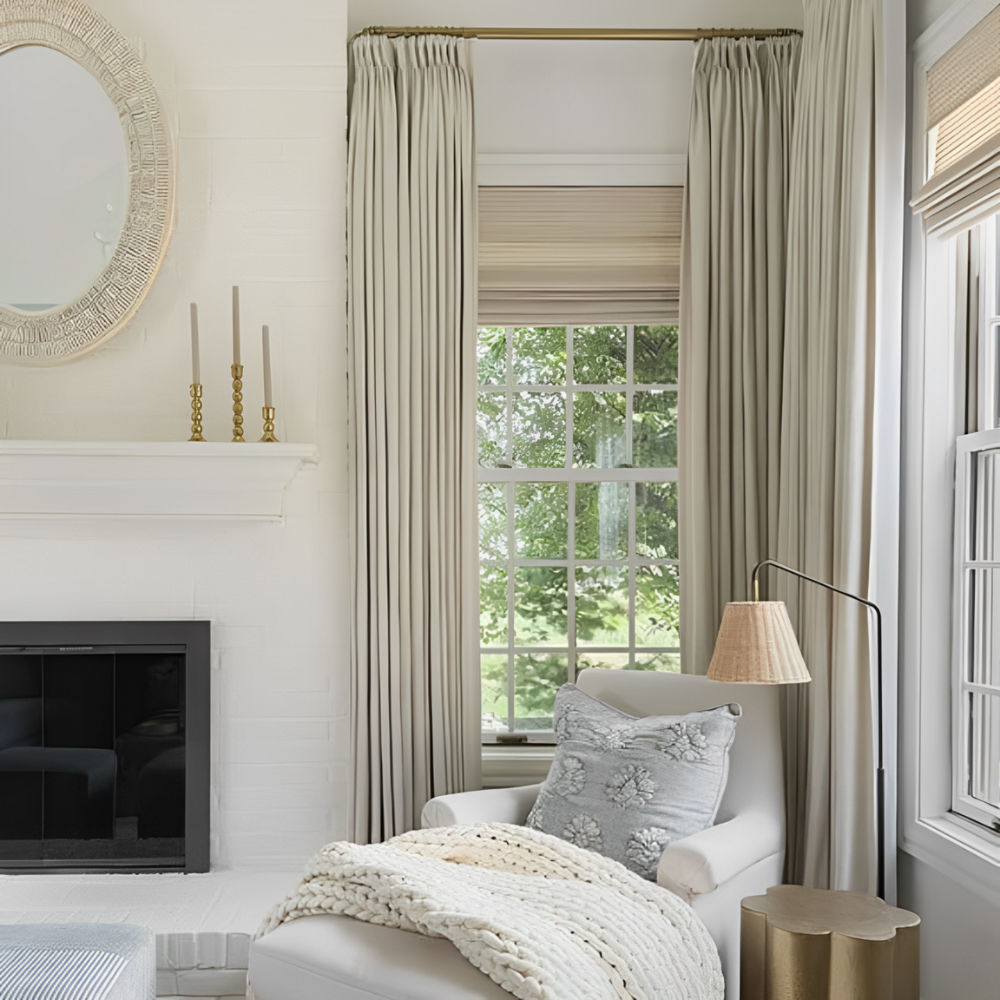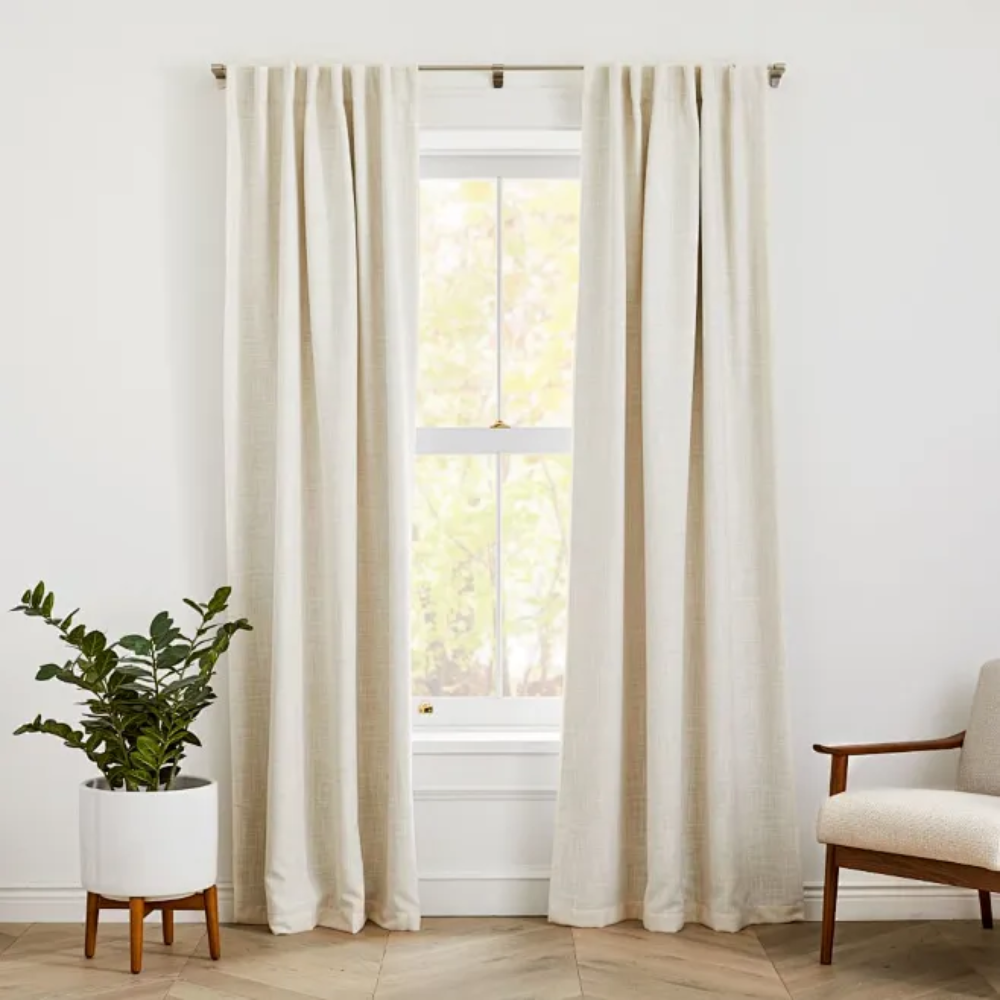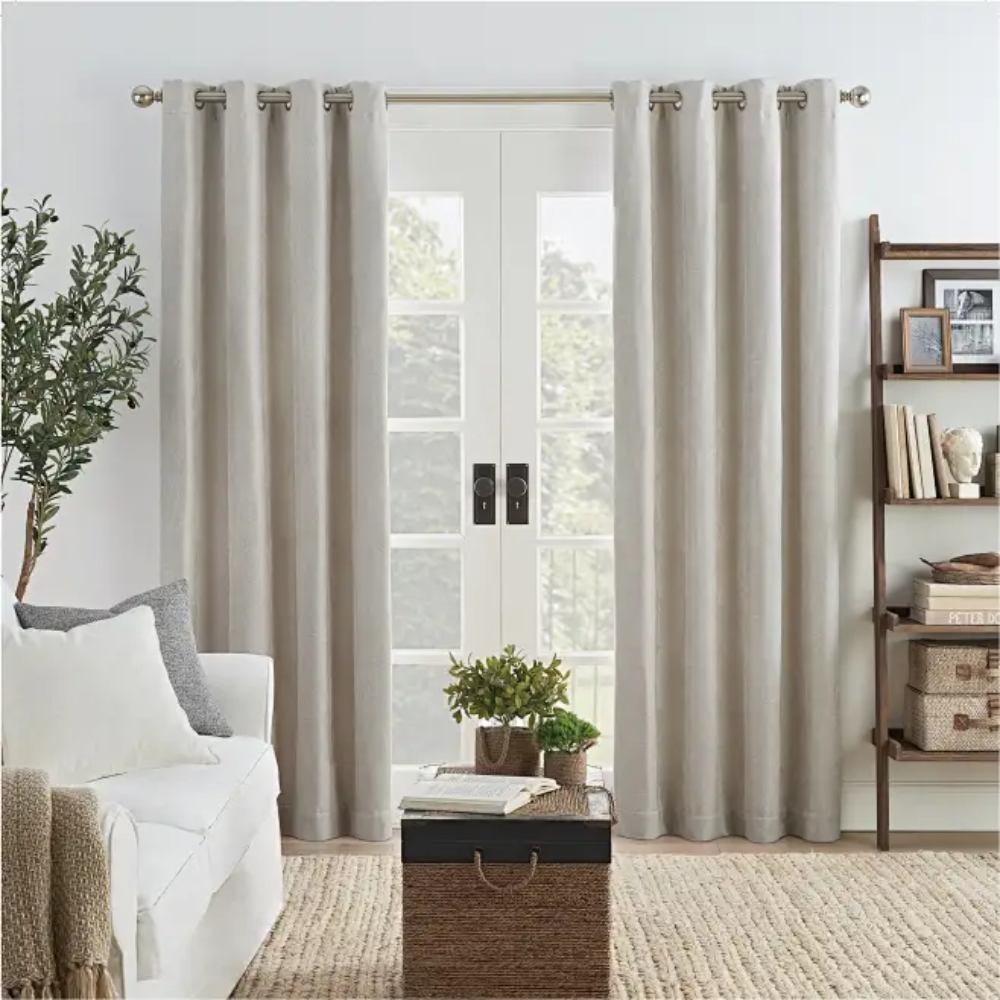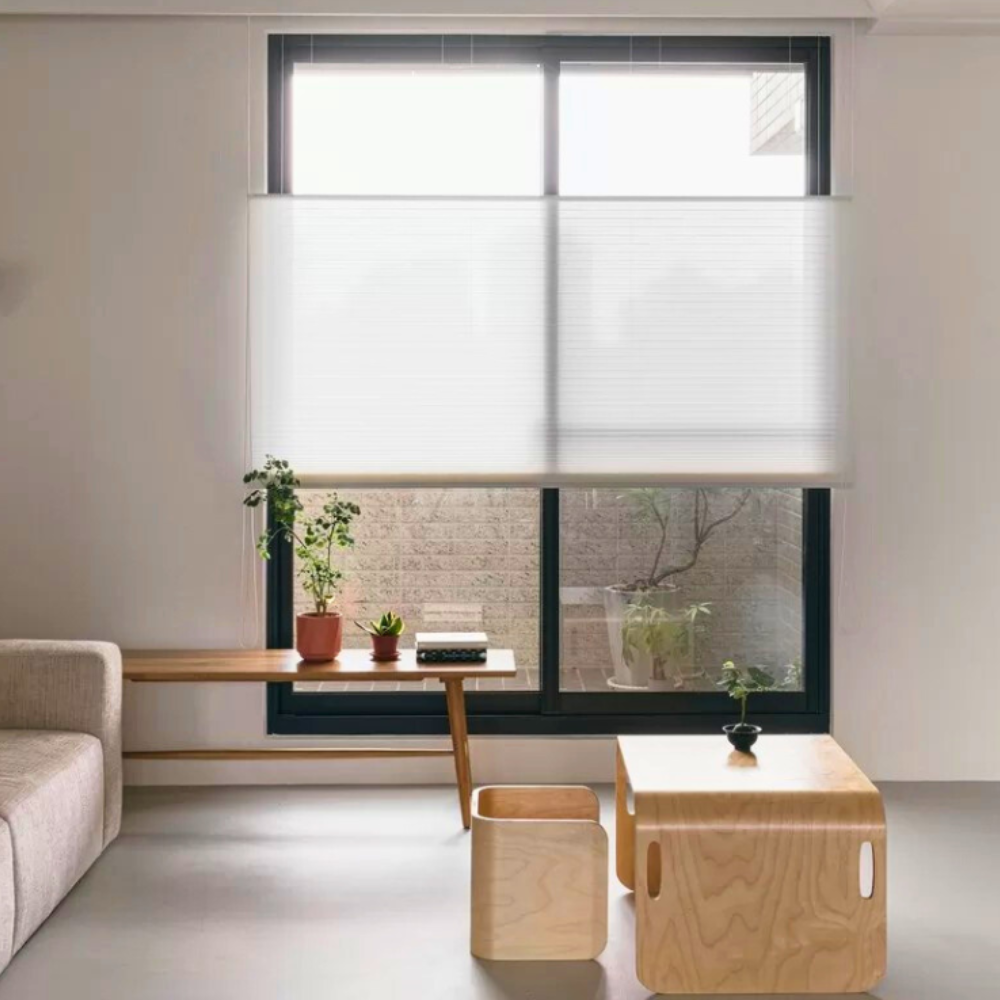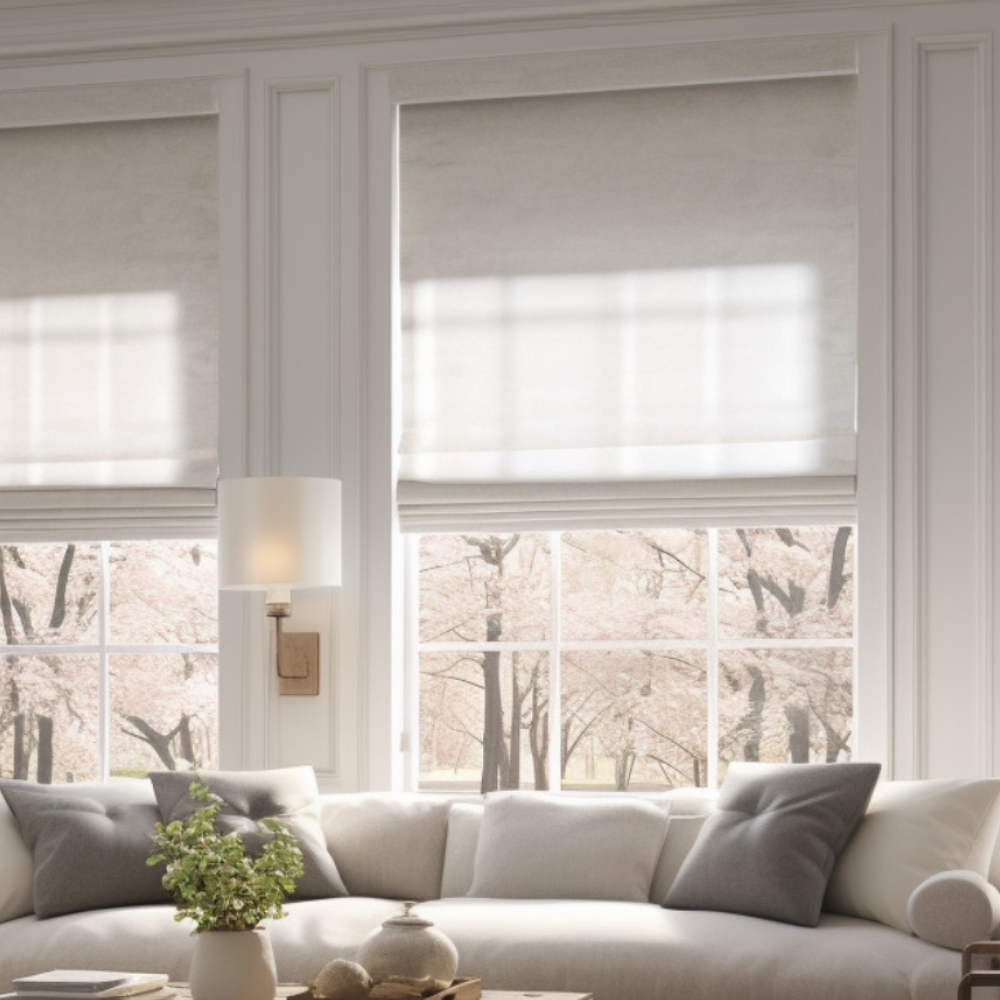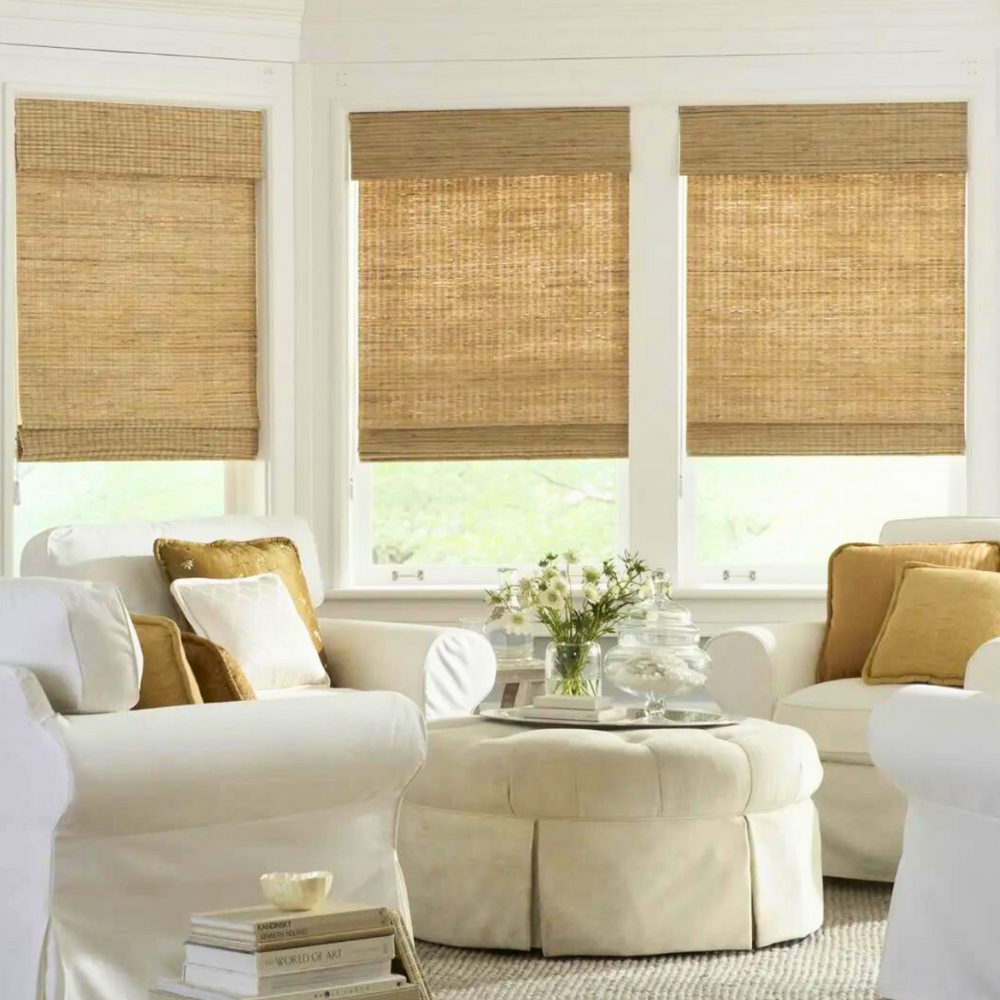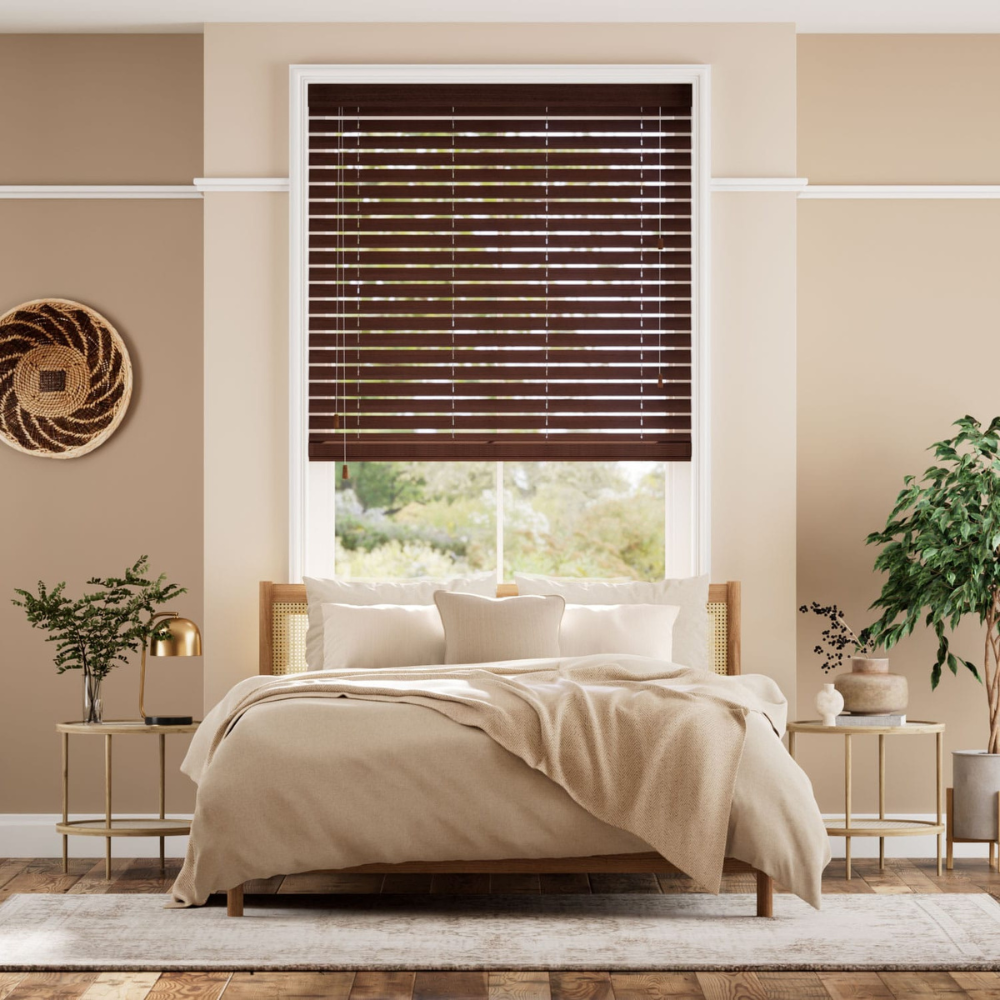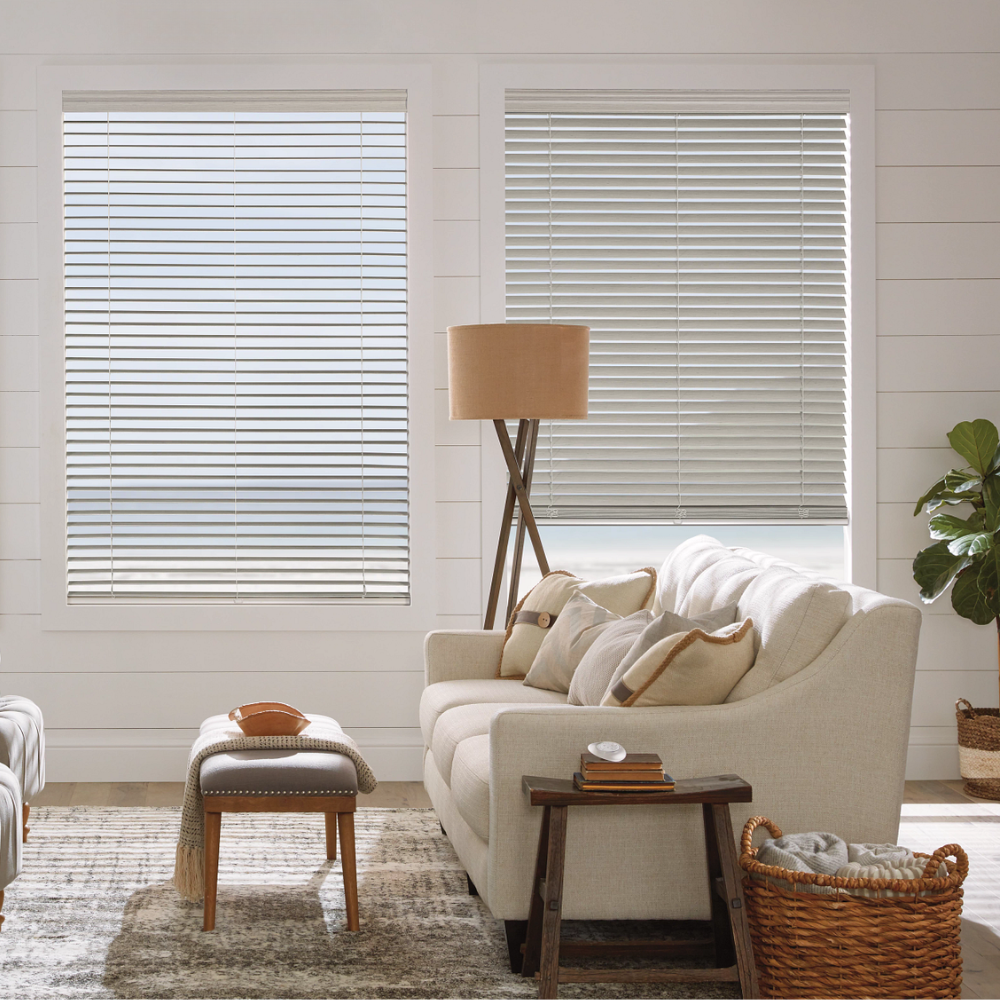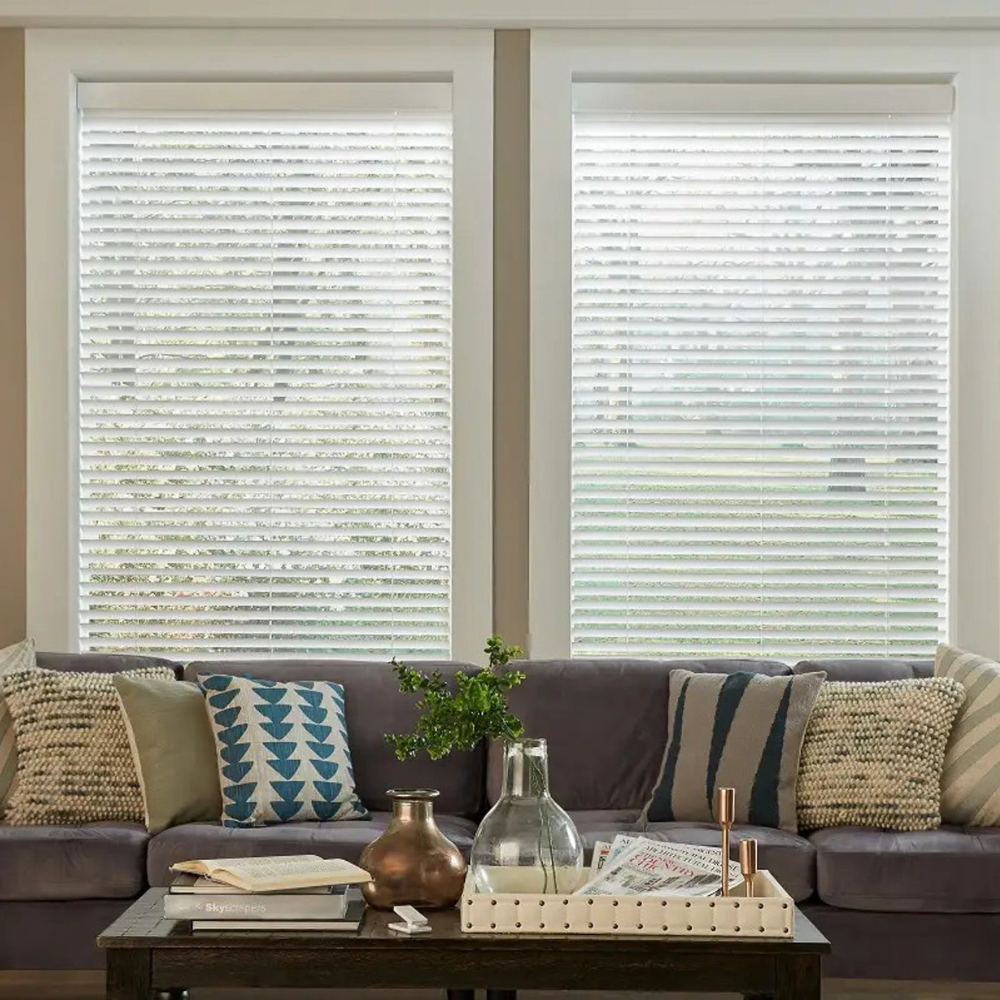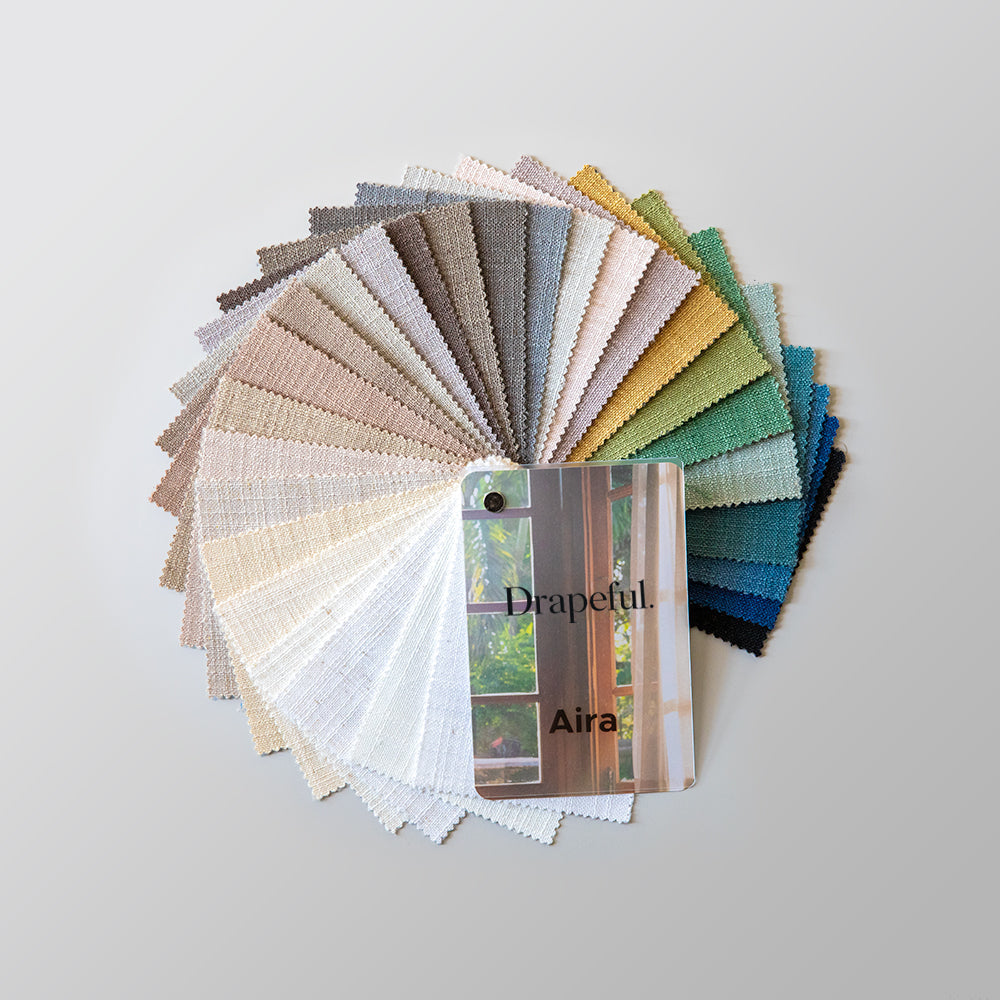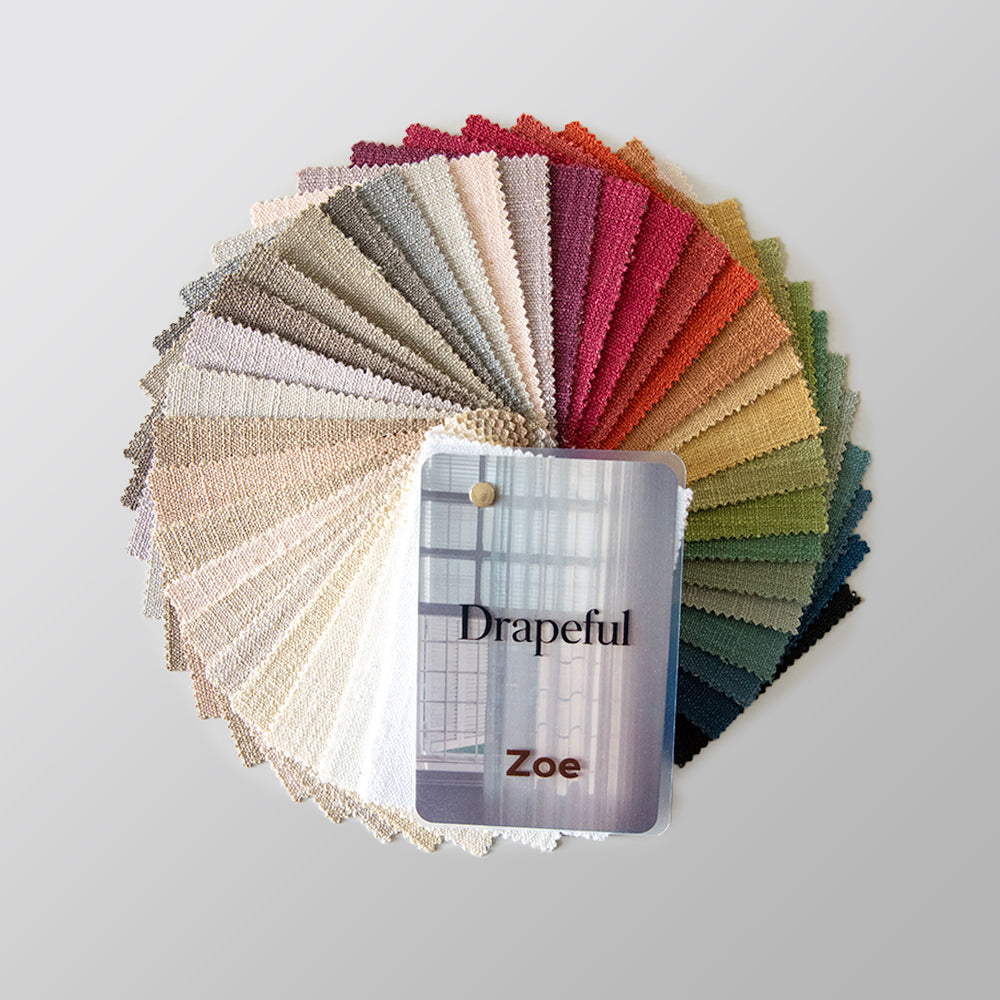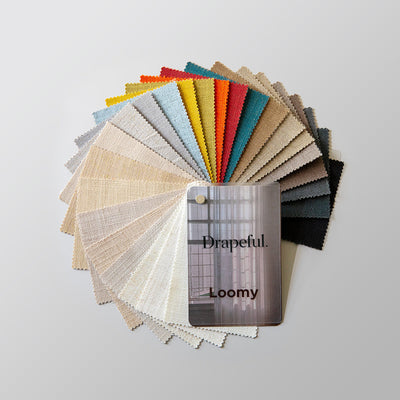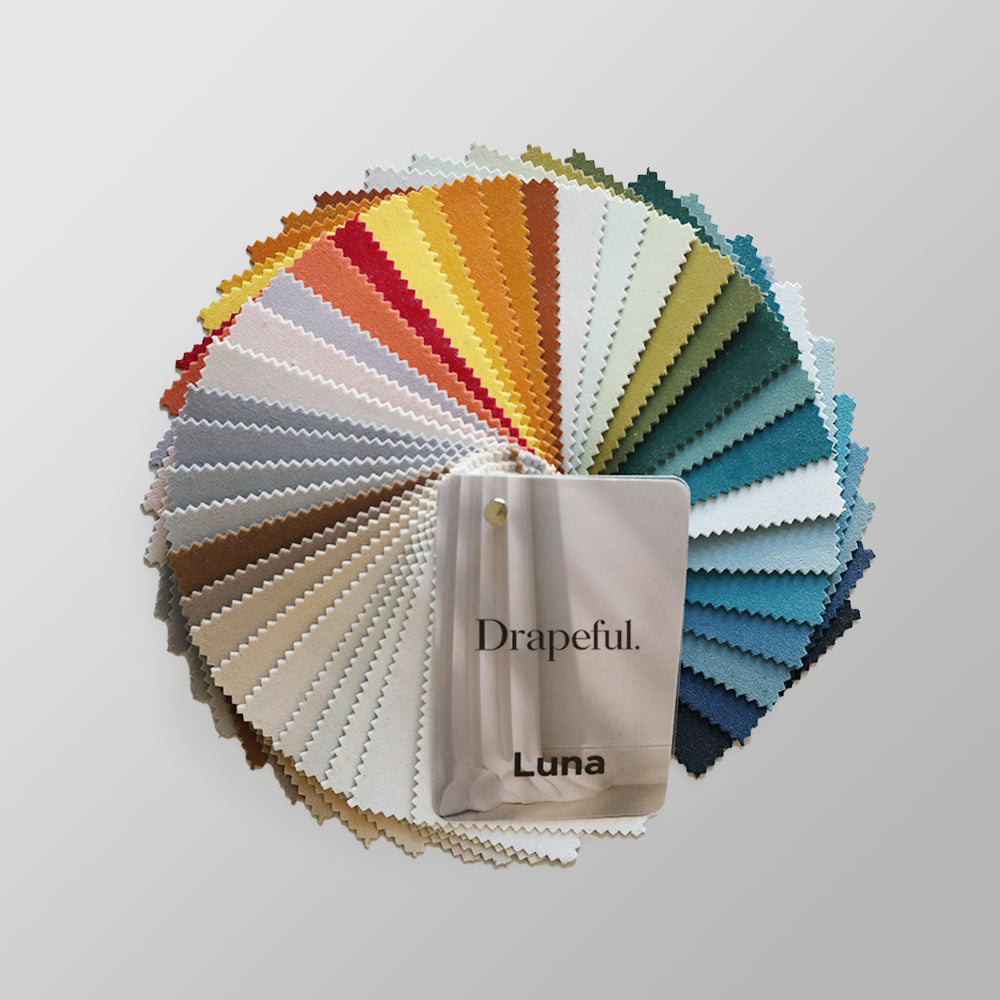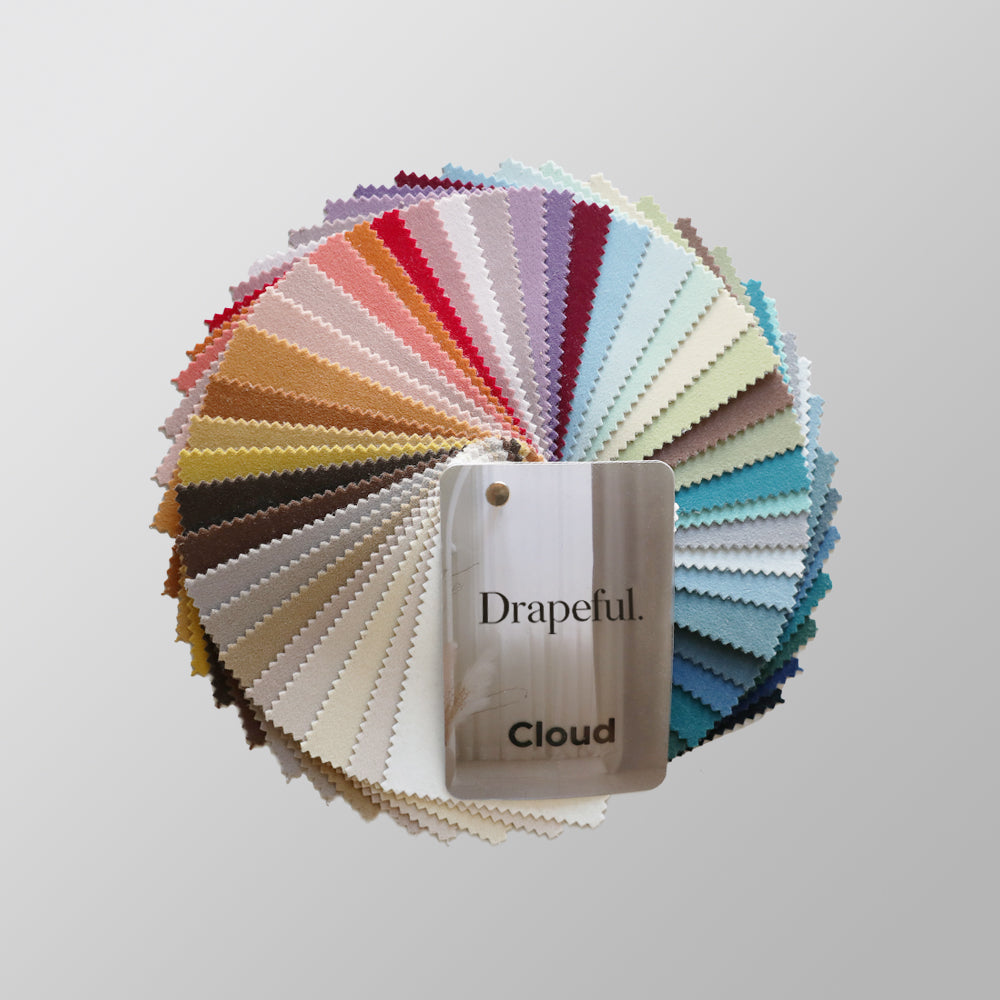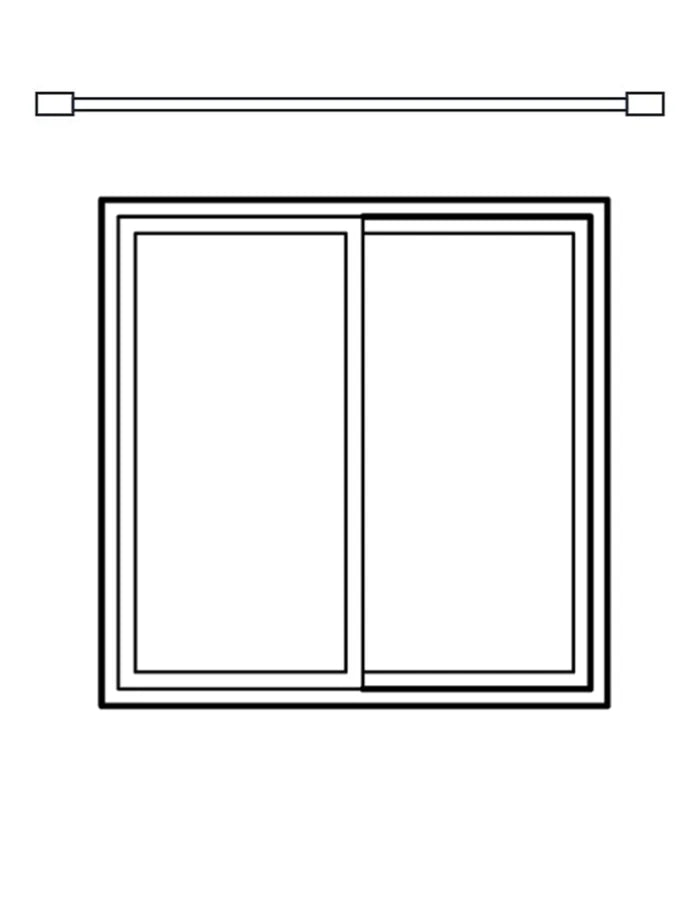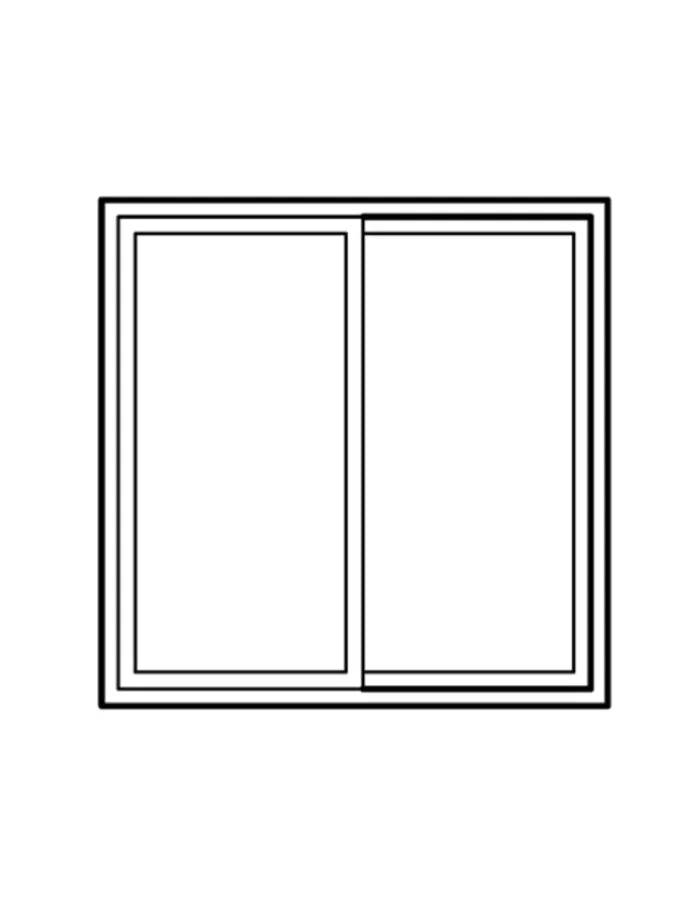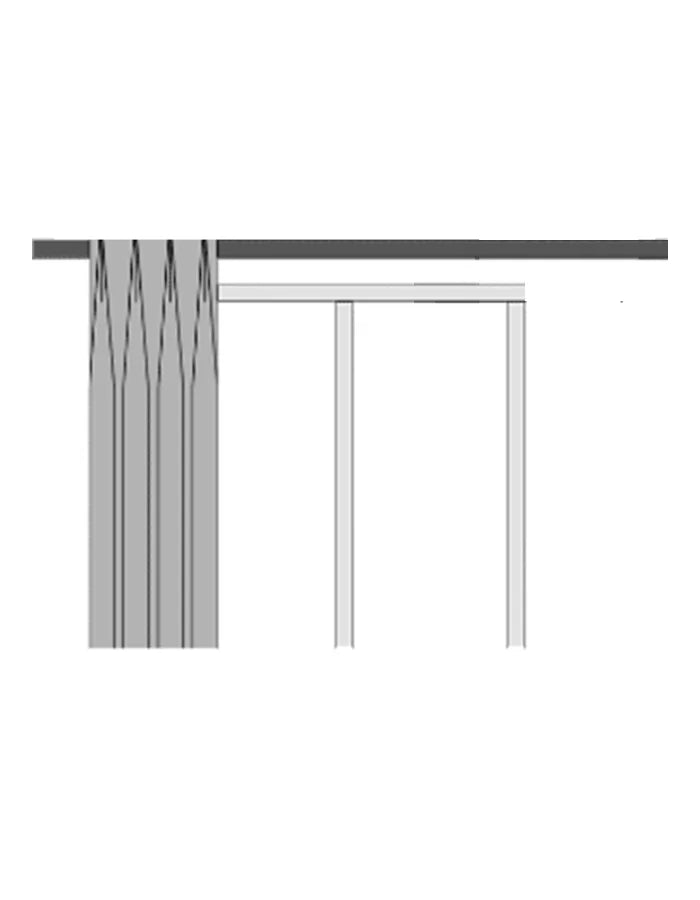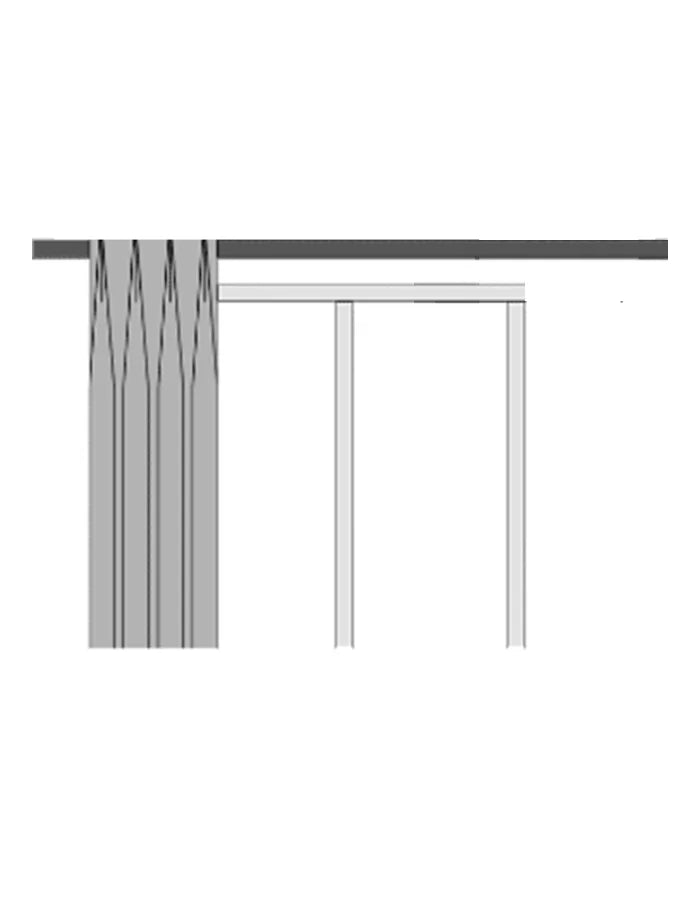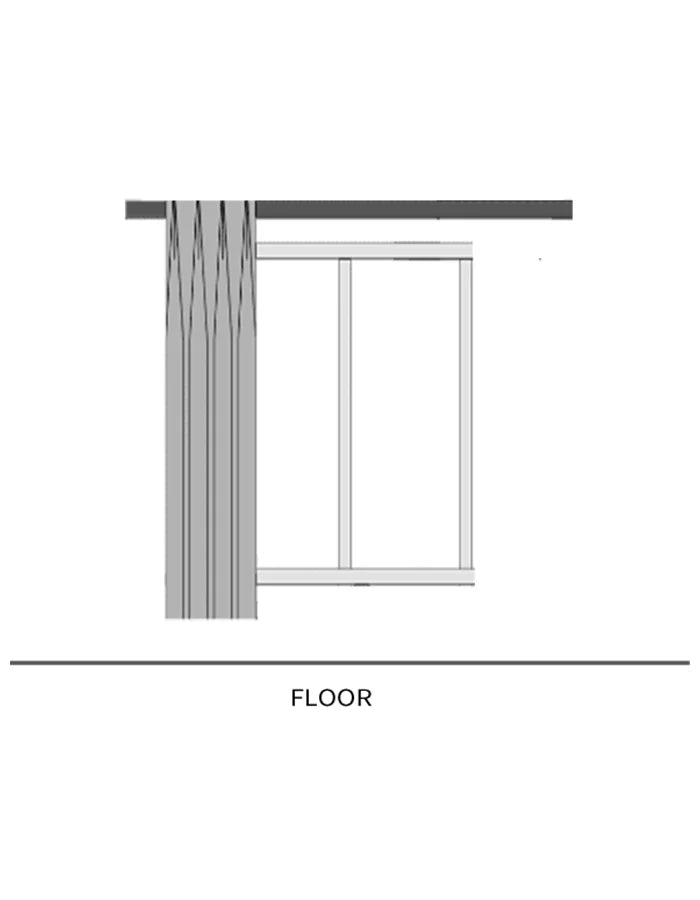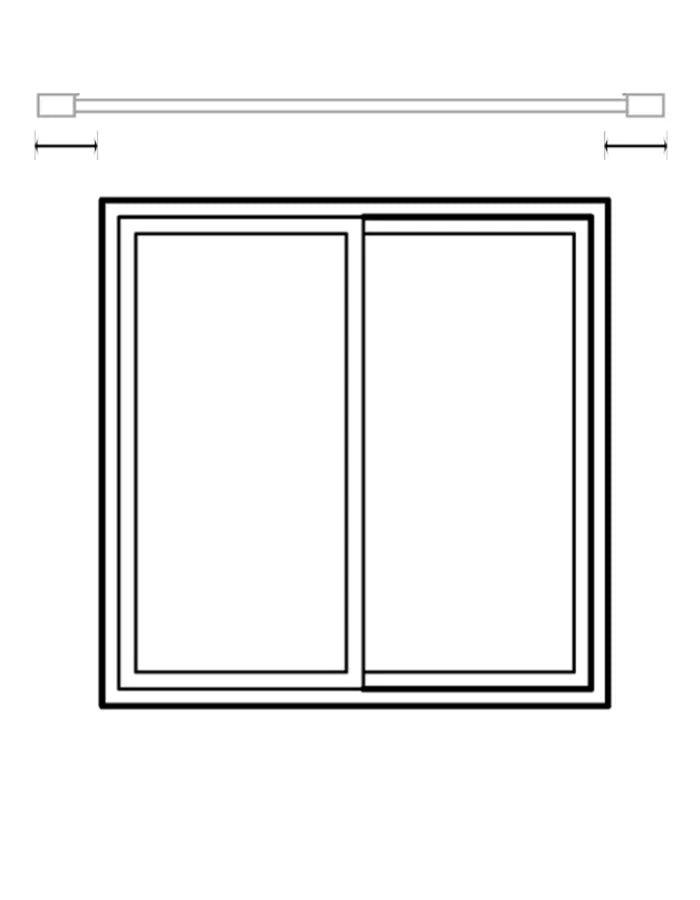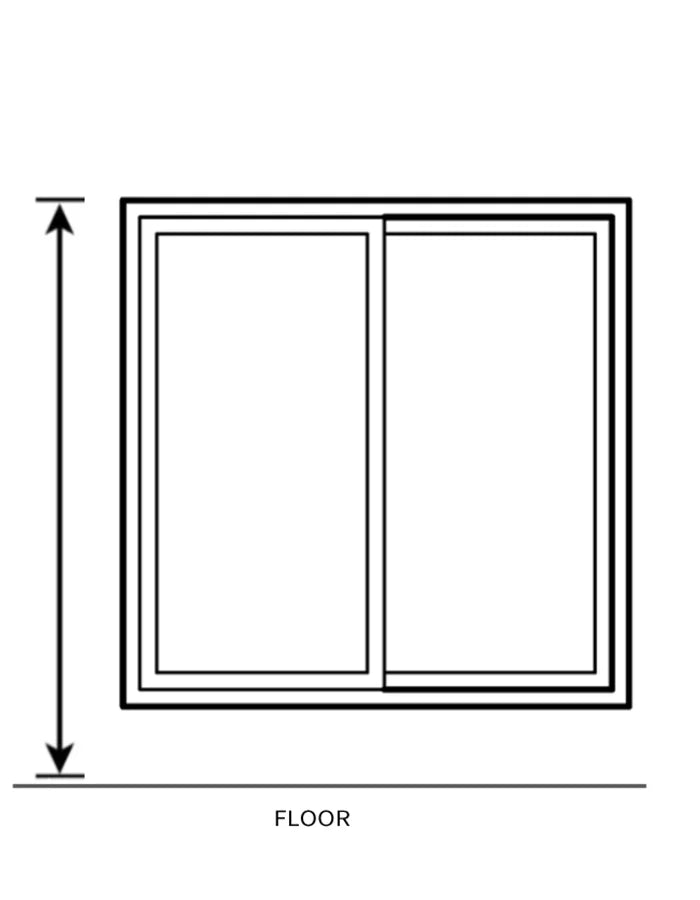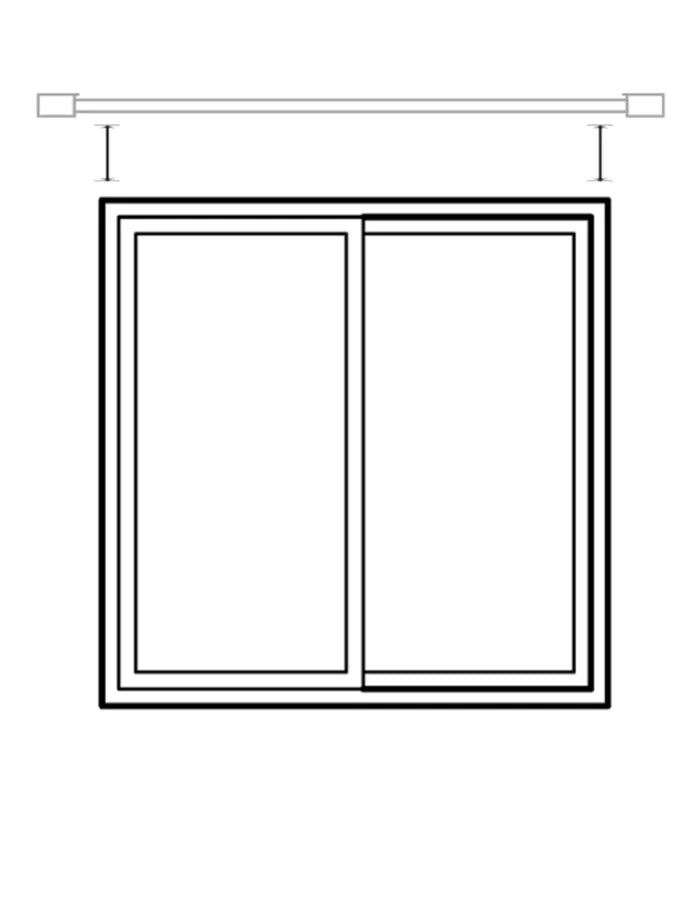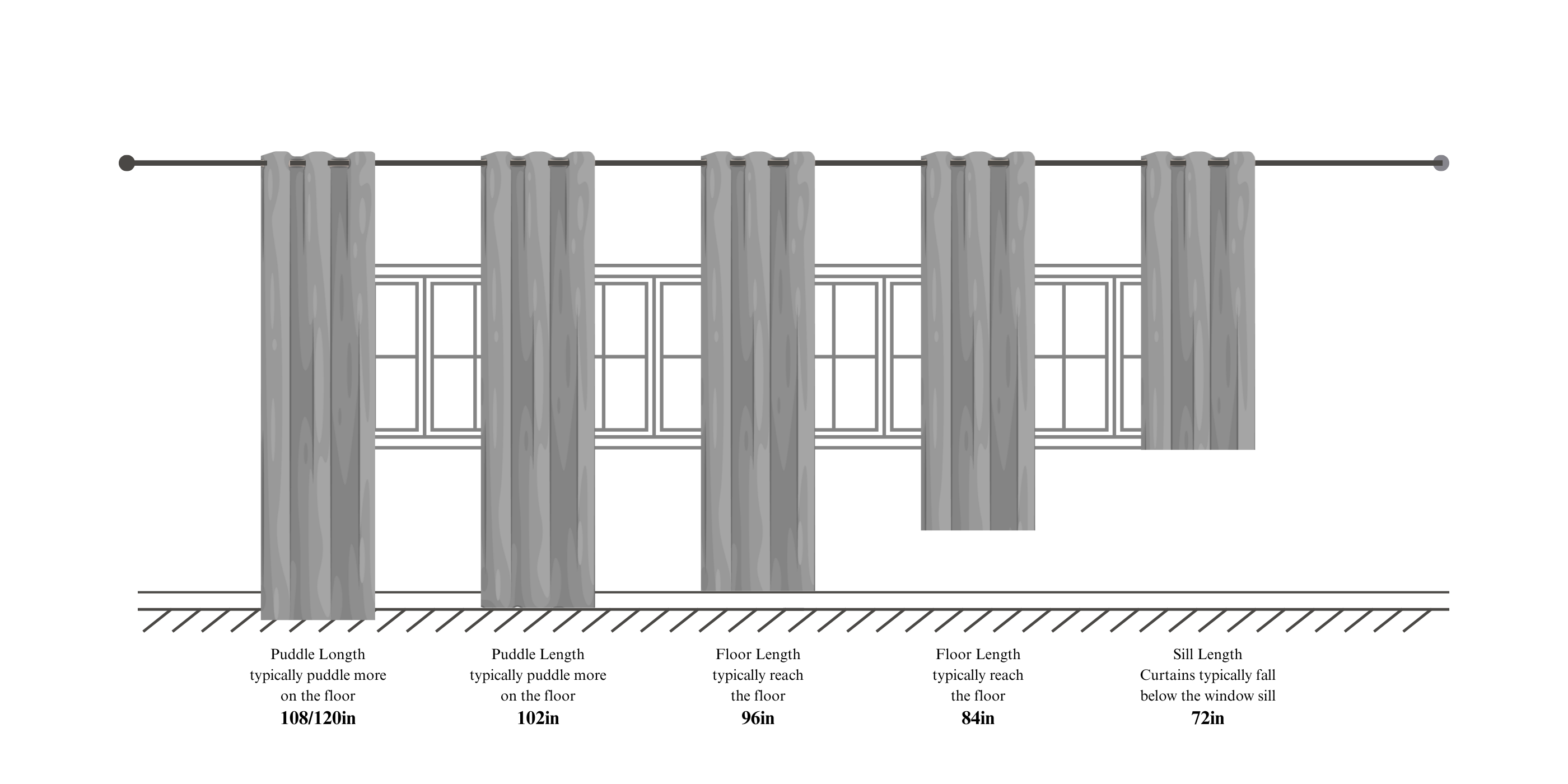Drapery Measuring Instruction
Streamline curtain measurement with our Drapery Measurement Finder. It guides you through every step effortlessly.
Drapery Measurement Finder
What style of drape hanging header would you like?
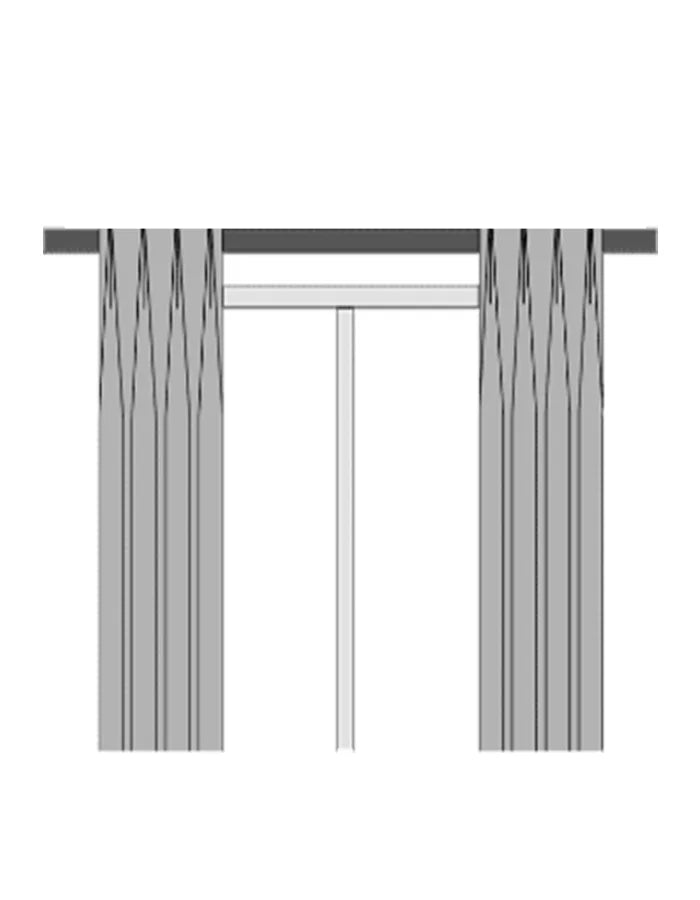
Soft Top
No pleats on top. Apply for 4-in-1, Hook belt, Flat hook, Tab top, Rod pocket, and Back tab. Consider fullness for width.
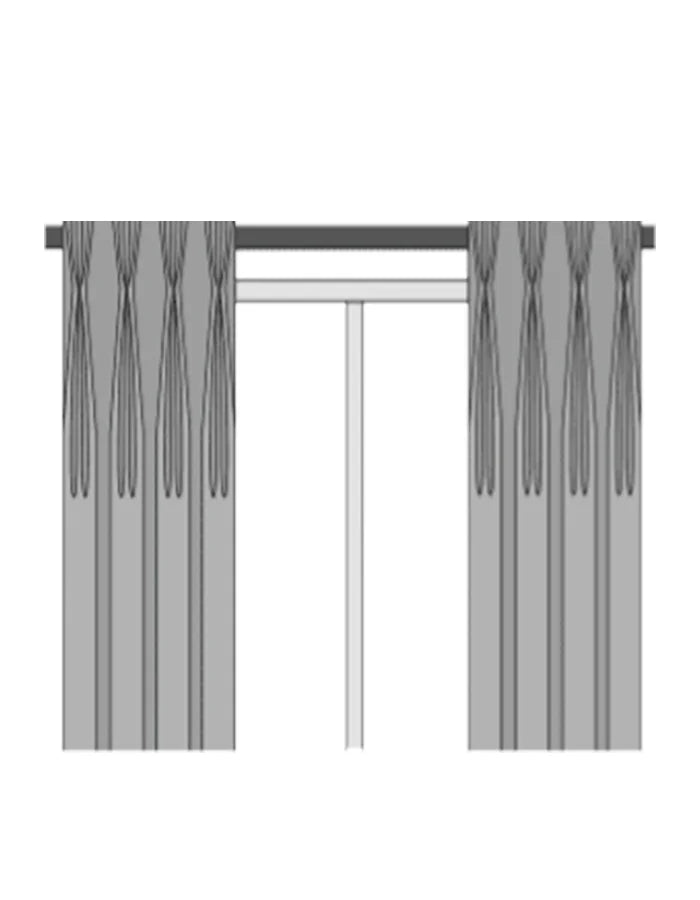
Pleated
For a stuctured, modern look. Apply for Pinch pleat, Tailor pleat, Goblet, Inverted box pleated, Tape pleat, Triple pleat, Riple fold, Cylindrical goblet.
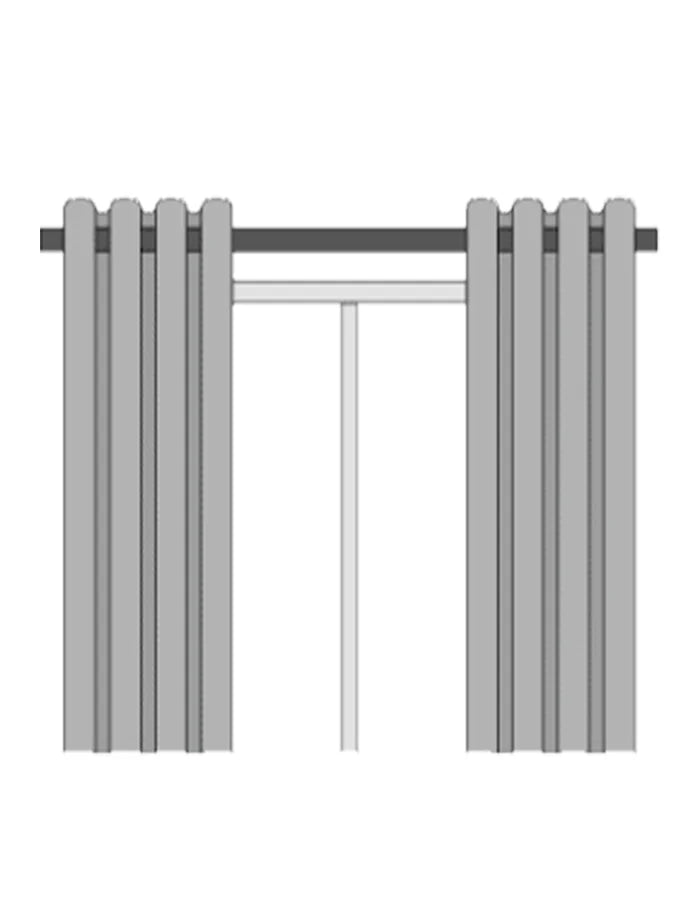
Grommets
For a stuctured, modern look.
Step 1: Measure the Width
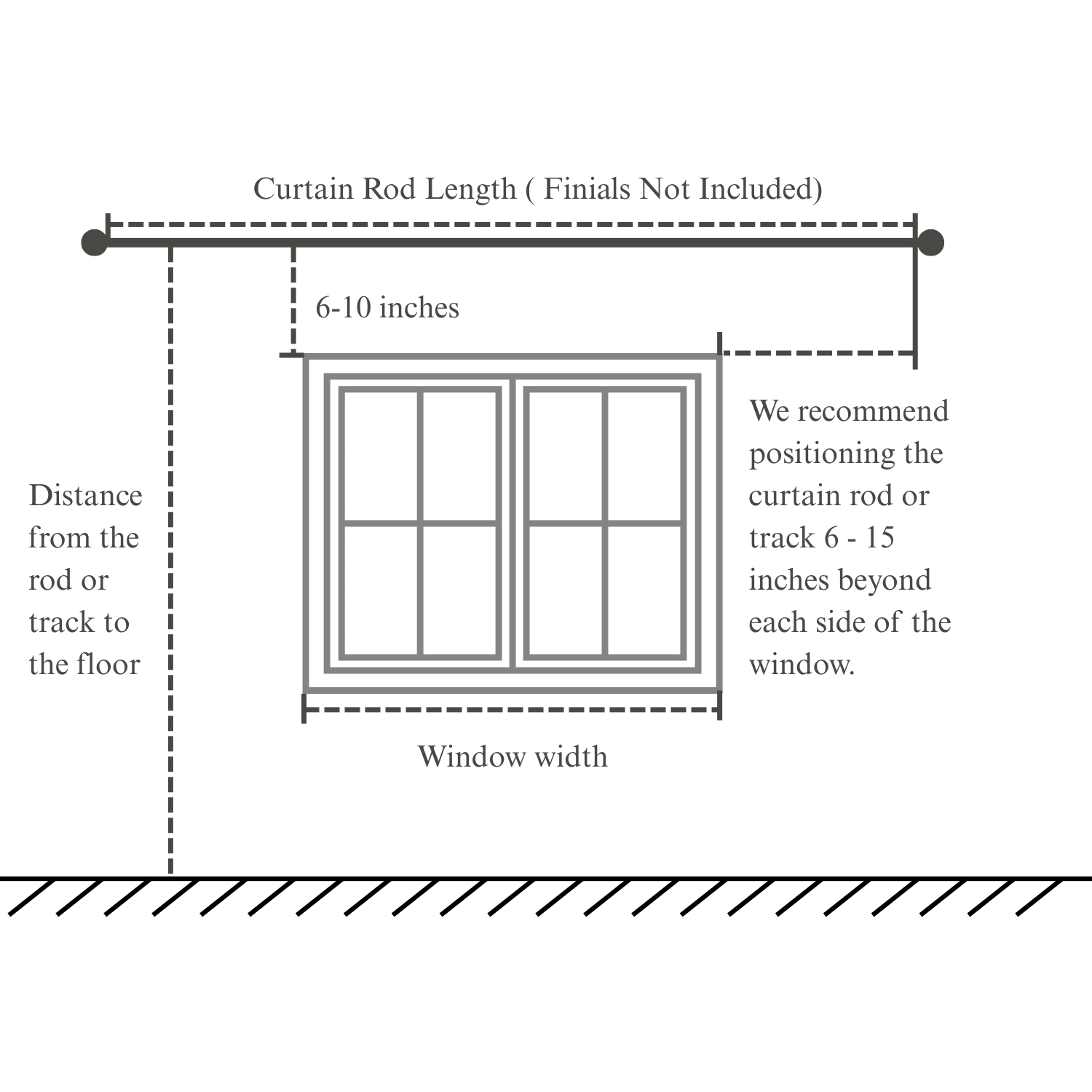
Scenario 1: Curtain Rod Already Installed
If you've already set up a curtain rod, simply measure its length.
Scenario 2: Curtain Rod Not Installed
When no curtain rod is in place, begin by identifying the ideal installation area above and beside the window frame. Consider the visual impact you want toachieve-this will determine the rod's height.
Height Above Window Frame: To create an illusion of increased vvindow height, mount the curtain rod 6 - 10 inches above the window frame. Use a penoil or masking tape to make a light mark at this height.
Width Beyond Window Frame: To ensure there's enough space for the curtain to stack when opened, extend the rod 6 - 15 inches beyond each side of the window frame. Mark these points lightly with a pencil or masking tape for guidance.
Step 2: Learn Drapeful’s Standard Fullness
To prevent draperies from resembling a stretched sheet, account for fullness when choosing certain header styles. This will add the necessary width for proper coverage.
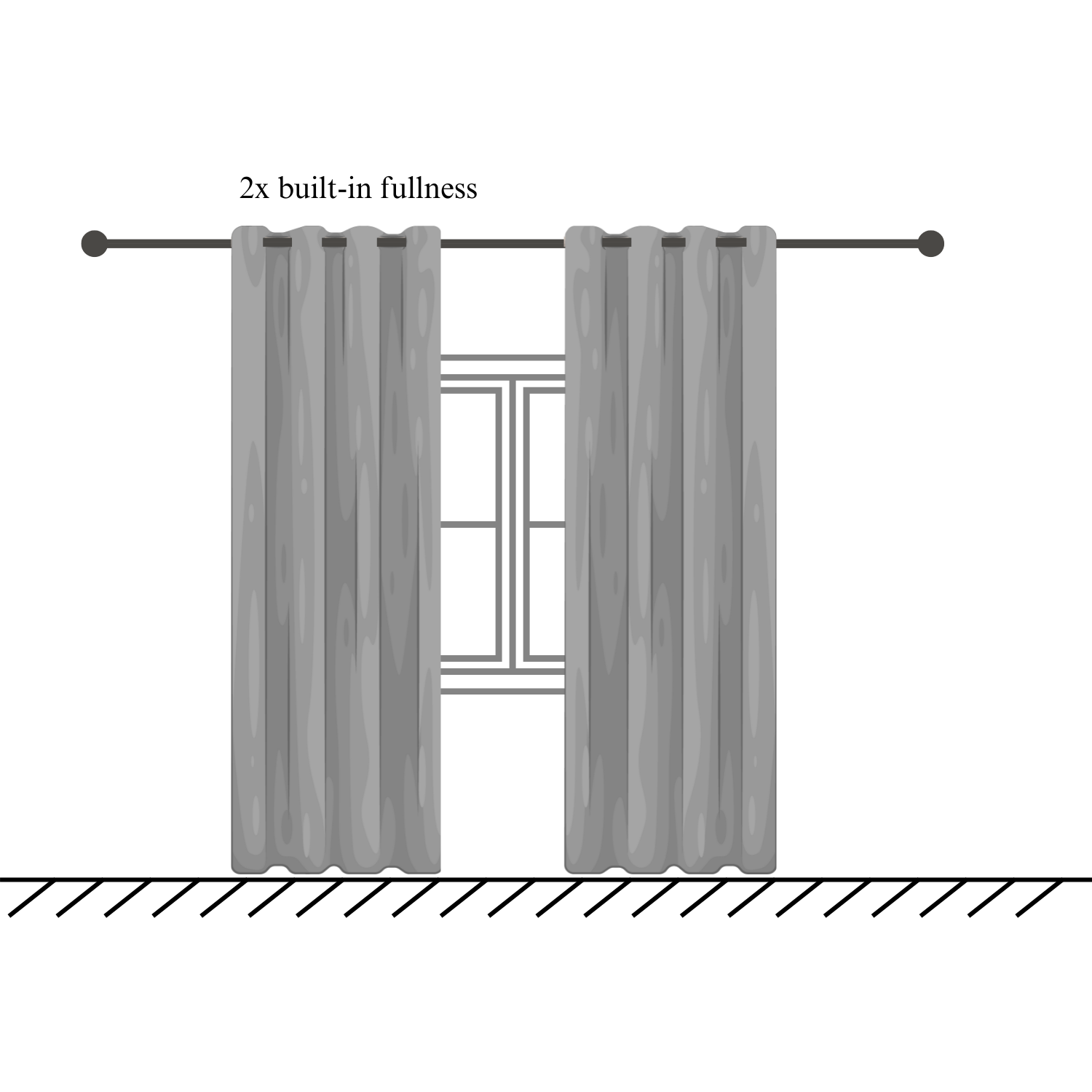
Pleated Style
The fullness of the fabric has already been taken into account in thhe design. We use a fabric fullness of 200-230% to create the pleats, ensuring a full andluxurious appearance.
Soft Top and Grommet Style
The default fullness is I (or 100%). Then, you should consider multiplying the final measured width by a fullness factor of 150-200%. A fullness of 150% will give a more fitted look, while the recommended 200% fullness will makeit look fuller and more
magnificent.
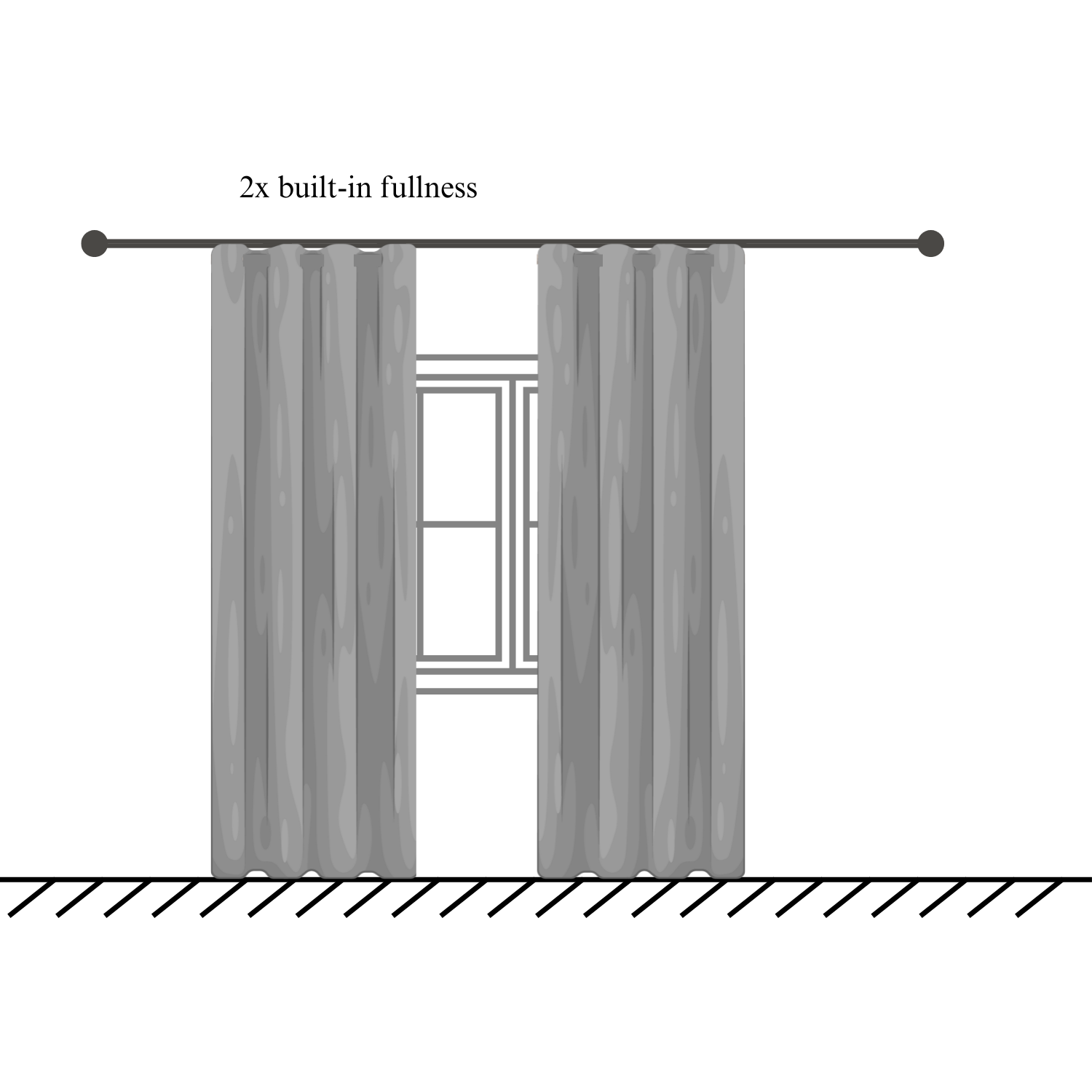
Ripple Fold Style
The default fullness is 2 (or 200%). A fabric width of 200% is used fothe ripple folds to result in the finished width you ordered. There is no need to add extra fabric to create fullness
Drapeful offers two types of ripple fold curtains:
Belt Hook Style: It uses a series of small hooks that are attached to a belt or strap sewn onto the curtain fabric.
Buckle Style: It uses a fabric tape sewn on the top of the curtainpanel
Step 3: Determine Drapery Dimensions
Calculate Completed Width and Length of Draperies (Accompanied by an Example)
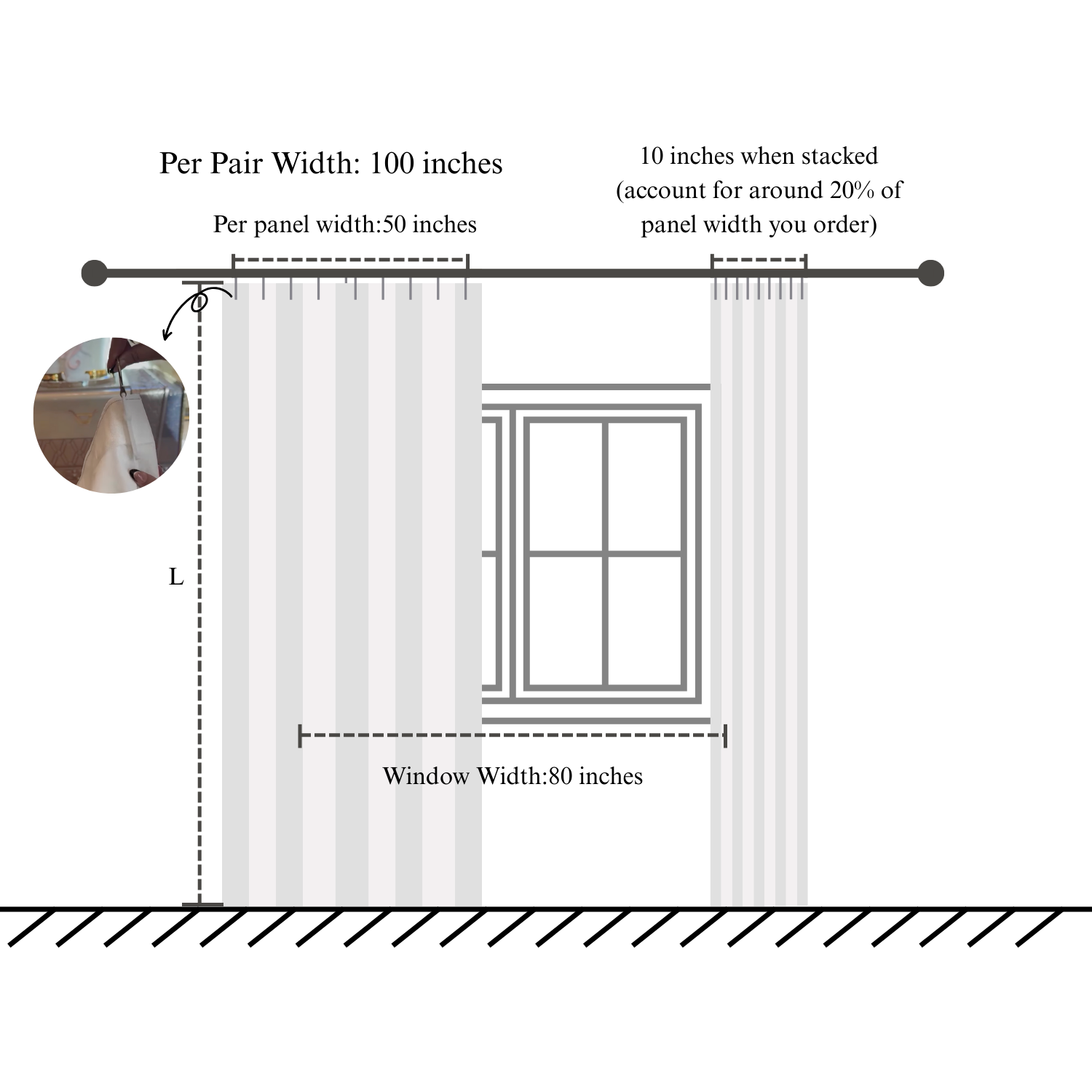
Pleated
Single Panel Width when Pleats Sewn
(Measure from top fully Extended)
= Your Ordered Width
1. Width Calculation
Measure the single panel width from the left-most to the right-mostpleat when the curtain is fully extended. This measurement equals the orderred width. For instance, if the rod length is 100 inches and you opt for a pinch-pleatstyle, you might order two panels, each 50 inches wide.
2. Length Measurement
Measure the length of the drapery panel from the eyelet ring dof the curtain hook.
3. Fabric Fullness and Stacked Width
We use a fabric fullness of 200%. The stacked width typically accounts for
approximately 20% of the ordered panel width
4. Pleat Feature
The pleats are permanently sewn onto the drapery panel.
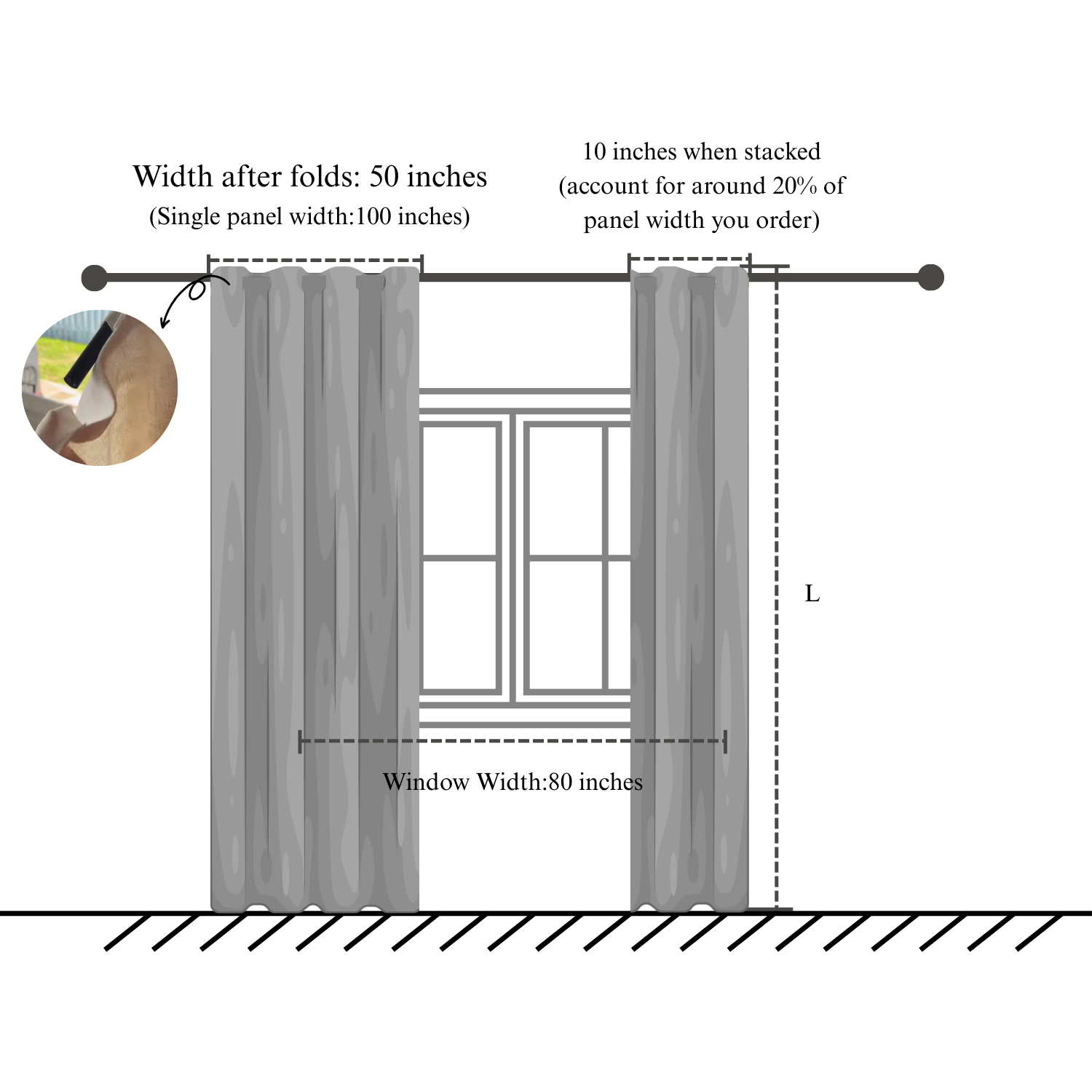
Soft Top
Single Panel Width when fully extended
= Your Order Width
1.Width:
Single - panel extended width equals order width. For a 100- inch rod with 200% fullness, order two 100 - inch - wide panels.
2. Length:
Measure from curtain top to bottom.
3. Rod:
Works with rodswithin 1.6 - inch diameter.
4. Fullness & Stacked Width:
200% fullness; stacked width is about 20% of panel width after folding
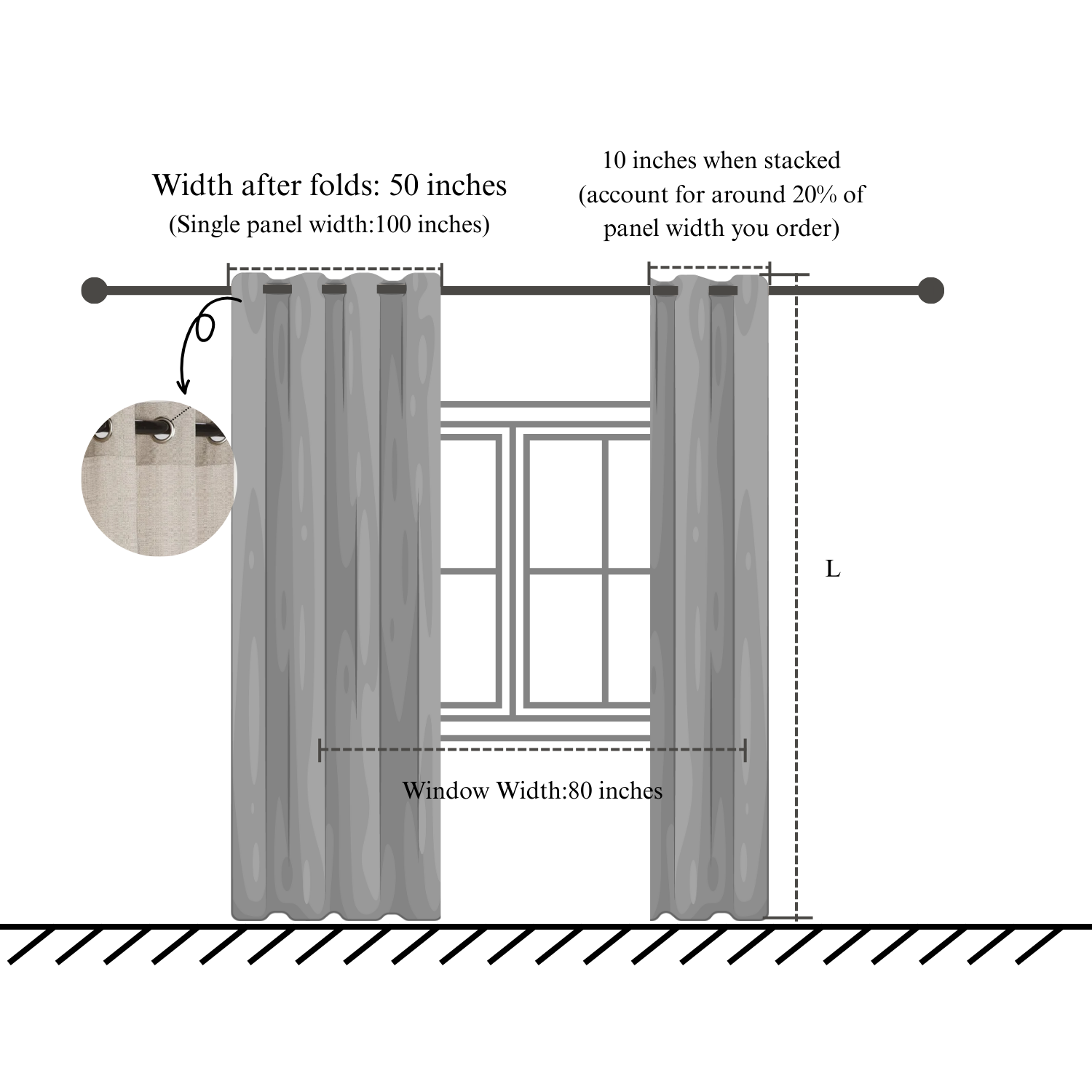
Grommet
Single Panel Width when fully extended
= Your Order Width
1. Width
The extended width of a single drapery panel matches the orderedwidth. For instance, when dealing with a 100 - inch rod and opting for grommetheader curtains with 200% fullness, the total required width is 100x200%=200 inches.
Thus, you should order two 100 - inch - wide panels.
2. Length
Measure the length from the top of the rod to the floor or your desired ending point.
3. Grommet Specification
The grommets have an inner diameter of 1.6 inches.
4. Fullness and Stacked Width
We use a 200% fabric fullness. After folding, the stacked width typically makes up around 20% of the panel width.
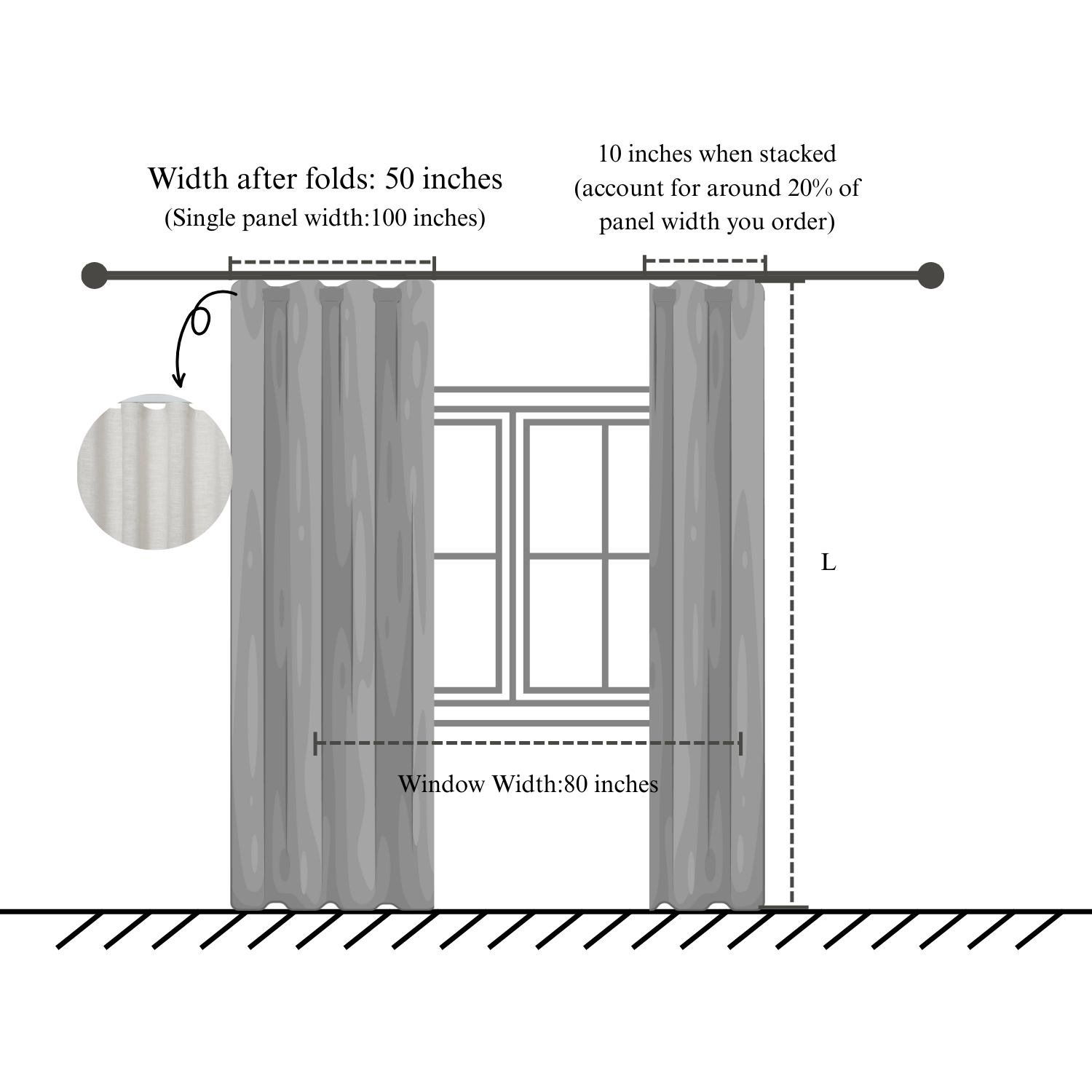
Ripple Fold
Finished Width in Inch = Your Ordered Width
1. Length Measurement
· Installed Track: Measure from track carriers or hooks to desired length.
· Uninstalled Track: Measure from installation point to floor/endpoint. Subtract track height (DRAPEFUL Lora: 2 inches) and curtain - to - floor gapAdjust gap per style preference.
2. Width Measurement
· Finished width = ordered width, measured after ripple folds. Choose single panel or pair. For 100 - inch track: single panel = 100 - inch width;pair =two 50 - inch panels.
3.AdditionalSpecs
· Fabric fullness: 200%
· Stacked width: 10 - 15 inches (20 - 30% of ordered panel width)
· Measurelength from track hook to curtain bottom
Finding The Perfect Fit
Different curtain lengths create diverse visual experiences to your room.
Note
- Customization Precision:Your custom curtains will be crafted based on the exact width and length you provide.
- Header Styles & Accessories:Available header styles include French Pleat, Triple French Pleat, Tailor Pleat, Triple Tailor Pleat, and Flat Hooks. All these styles come with adjustable hooks and rings. Additionally, there are Pinch Pleat, Pinch Pleat with Back Tab, Triple Pinch Pleat styles. Note that drapery rings or clip rings need to be bought separately.
- Measurement Guidelines:Use a steel tape measure to measure both width and length, aiming for accuracy within 1 inch. Measure each window and doorway independently.
- Fullness Selection:Perceptions of fullness vary from person to person. Some like a looser drape, while others prefer a fuller, more gathered look. When choosing a fullness factor, take into account your personal preferences and the overall aesthetic you want to achieve in your space.
- Guide Limitations:This guide offers useful recommendations and advice but doesn't cover every possible situation. For complex measurement issues, seek further assistance.


